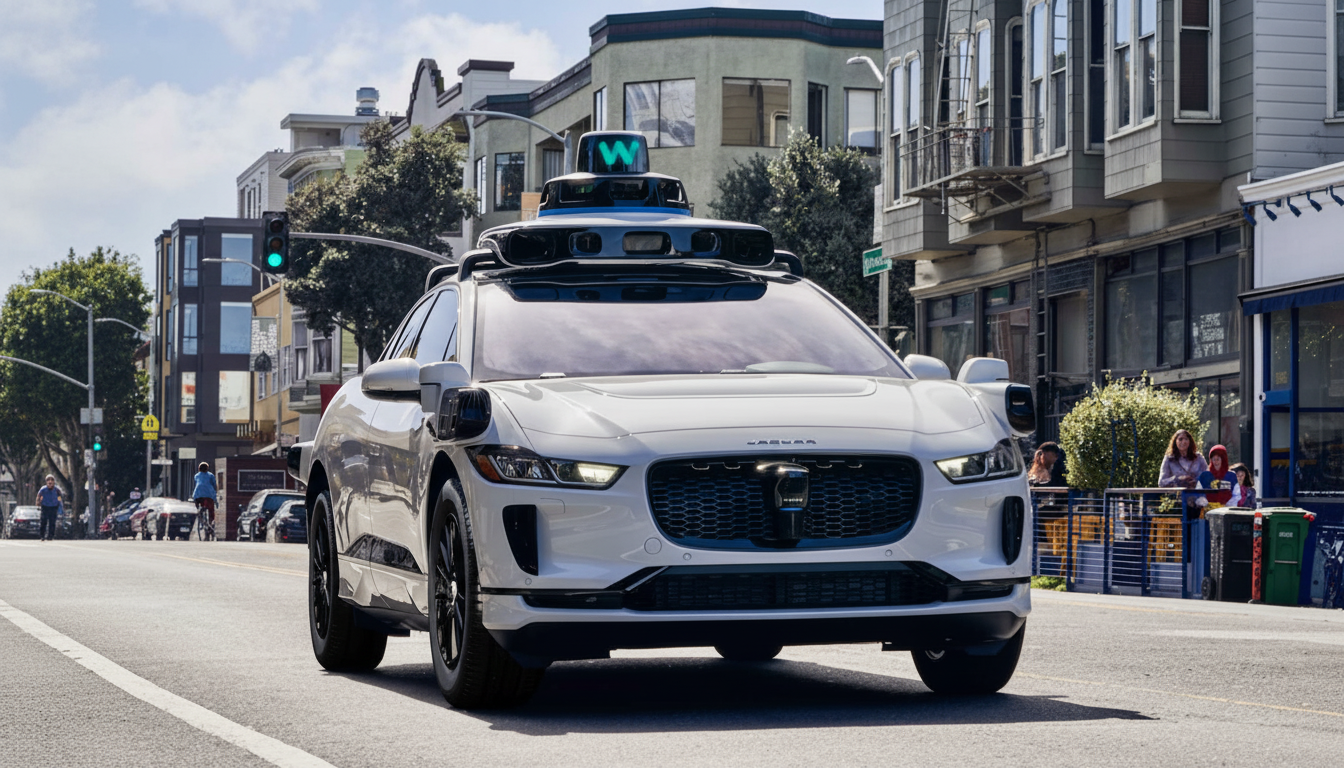Waymo is starting rider-only service in Miami by taking human safety drivers out of its test fleet as it gears up for a broader commercial rollout in 2026. The first stage will be limited to company employees and involve fully autonomous rides, with the aim of demonstrating performance in one of the country’s most challenging urban driving environments before opening to riders.
The move represents a crucial chapter in Waymo’s playbook for expanding its footprint, as it means that the company thinks its robotic driving system is now ready to work 24/7 on South Florida’s roads and streets — without a human safety driver behind the wheel.

What Driverless Service Means for Miami’s Roads
Since a 2019 law went into effect that allowed fully driverless operations without a human operator, Florida has been one of the most permissive states for autonomous vehicles. That framework provides Waymo with a relatively clear regulatory runway in Miami, as public agencies there continue to monitor safety and performance data.
Miami presents a punishing laboratory: congested streets, swarms of tourists, reckless lane changes, regular construction, and the kind of blinding rainstorms that jumble sensors and perception. Waymo’s method usually involves heavily geofenced service areas, conservative speed (slower speeds generally limit the risks of an accident anyway), redundant sensing capabilities (lidar + radar + cameras), and rider assistance from a remote base that can offer guidance if a car encounters something it doesn’t understand.
The company said the Miami program will begin with employees to validate operations, and then will gradually roll out. Beyond this month, Waymo is expected to offer more similar fully driverless employee rides in the Dallas area (including Fort Worth), Houston, San Antonio, as well as Orlando as it seeks to distribute its initial service across Sun Belt metros with similar road speeds and weather profiles.
A Wider Push to Scale Up Waymo’s Driverless Network
Miami’s driverless landmark comes on the heels of Waymo launching paid rides that feature highway stretches in Los Angeles, San Francisco, and Phoenix — key for scaling ride density and cutting time spent traveling to where people want to go. Earlier this year, Waymo also introduced service in Atlanta and Austin, ramped up collaborations with ride-hailing companies such as Uber, and began offering a corporate travel program to chase enterprise demand.
In the future, the company has earmarked more cities — Detroit, Las Vegas, San Diego, Nashville, and London — as part of its 2026 roadmap; ongoing testing is also happening in New York City through a state-granted permit. The order points to a strategy of concentrated operations in places where the rules permit commercial service, road networks are well-mapped, and riders can sustain high usage.
The economics matter. Industry analysts constantly point out that taking the human out of the front seat is the biggest lever for reducing cost per mile. To get that to work, fleets need uptime, reduced remote interventions, and vehicles on the road during peak periods of demand — things Waymo has invested in with remote assistance, fleet depots, and operational tooling.

Safety and Oversight Remain Paramount in Miami Rollout
Waymo’s rollout comes with its own scrutiny. The National Highway Traffic Safety Administration has been looking into a series of episodes in which Waymo vehicles were involved, including a widely viewed video clip showing a Waymo car making a turn in front of a stopped school bus in the Atlanta area. Regulators are also seeking data about abnormal interactions with traffic control devices and emergency scenes.
Waymo points to a safety approach that features scenario-based simulation, structured on-road testing, and checklists of readiness before eliminating safety drivers. The company has publicly disclosed more than 20 million “autonomous miles” on public roads and billions of miles in simulation, and external analyses of California’s annual disengagement filings show the intervention rate trending downward over time. Still, those measurements are proxies, and not guarantees, which is why potential phased-in expansion and clearer incident reporting will be scrutinized in Miami.
The weather will be an early test. The sudden squalls and standing water in Miami call for reliable perception and cautious path planning. Waymo’s system is engineered to operate fallback behaviors — such as pulling over or rerouting the trip — when conditions exceed the system’s operational design limits. Anticipate the company will use conservative routing and staged operating hours as it gains confidence.
Competition Heats Up in U.S. Robotaxis Market
Waymo’s pace is rising even as rivals jostle for position. Zoox, which is owned by Amazon, has already launched a similar program in Las Vegas with its purpose-built, bi-directional robotaxi and will continue growing this free early-rider service within San Francisco. Tesla has been testing such a service in Austin, using human drivers aboard while it continues to iterate on its supervised driver-assistance stack; the company has also suggested larger aspirations but still leans on in-vehicle safety supervision today.
The competitive dividing line is moving from technical demos to repeatable, paid operations. This is because safety performance at scale, pickup times, and customer support are effectively just as important as raw autonomy ability — and it’s something Waymo has particularly stressed around the standardization of fleet operations and rider touchpoints across cities.
What to Watch Next for Waymo’s Miami Driverless Plans
In the short term, Waymo could expect to broaden operating hours in Miami and further expand employee rides, as well as add pickup zones along popular corridors once it clears internal safety gates. How quickly Waymo plans to turn readiness into revenue will depend on which third-party apps and corporate travel products it integrates with.
The bigger question is whether Miami’s driverless operations will be able to remain heavily utilized in the presence of heat, rain, and high levels of traffic — but without any safety drivers at all and with very little remote assistance. If Waymo can establish that, it bolsters its 2026 commercial release timeline and builds a model for the company’s broader rollout across the U.S., and eventually overseas.

